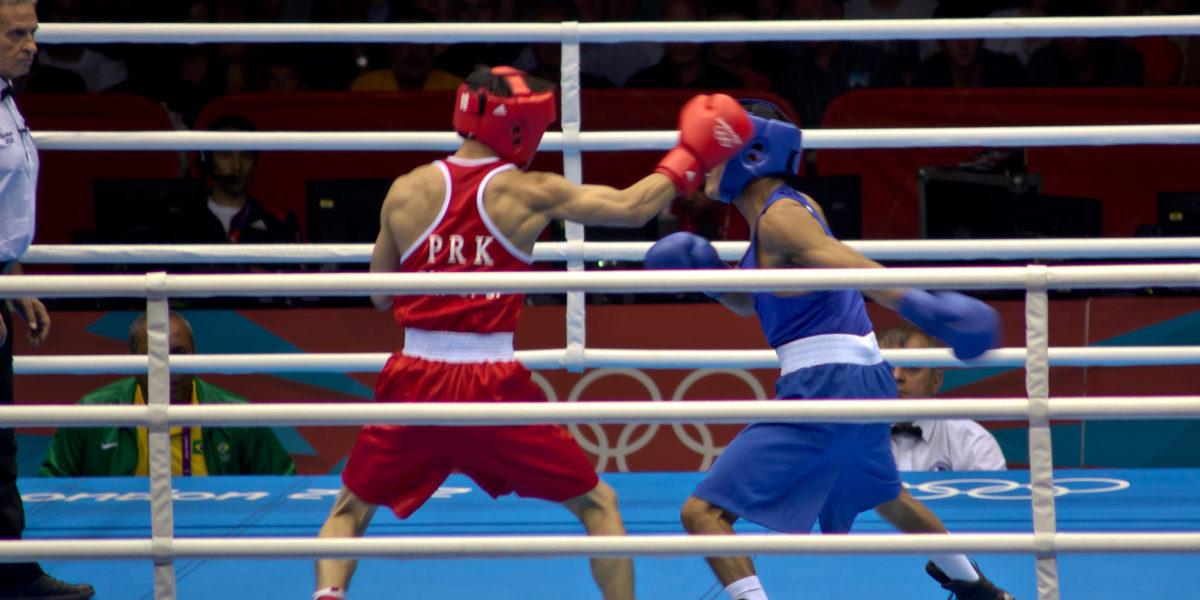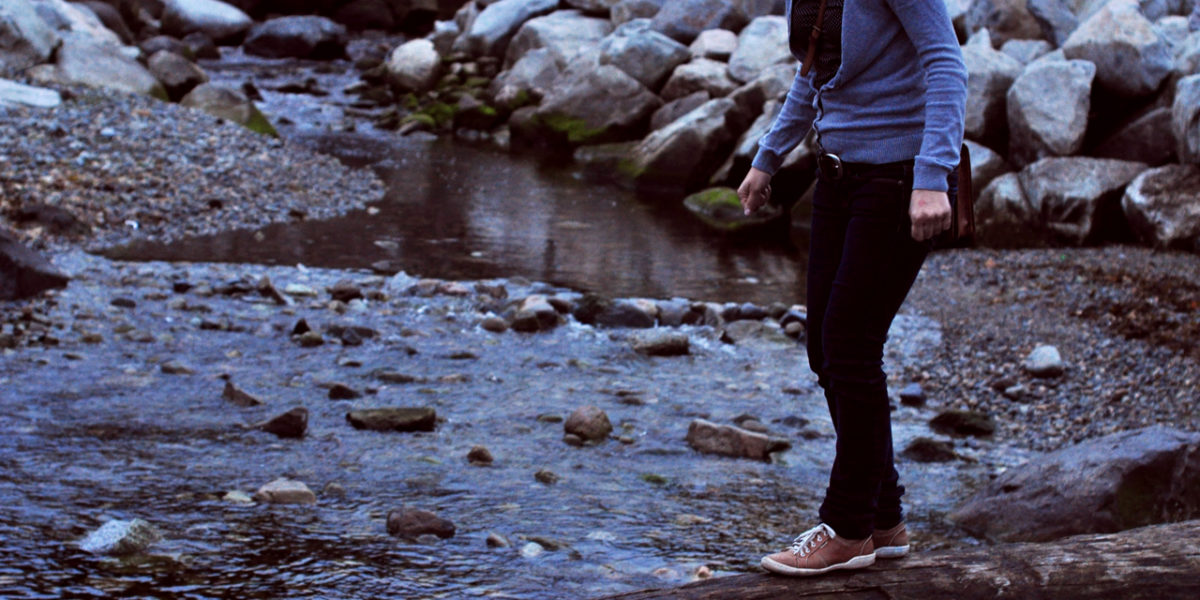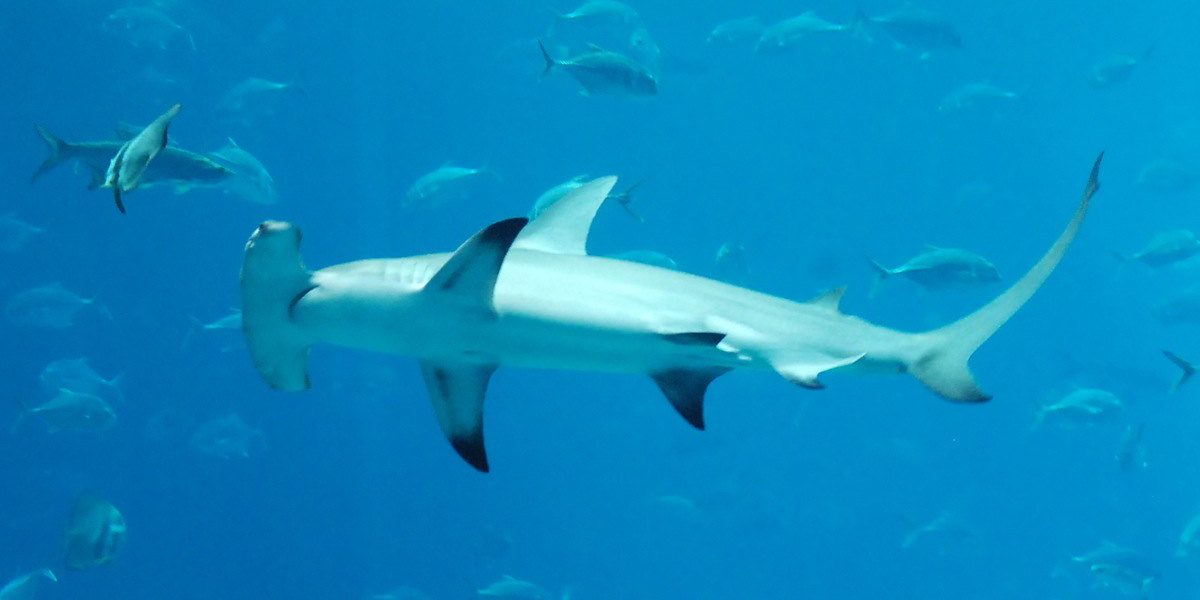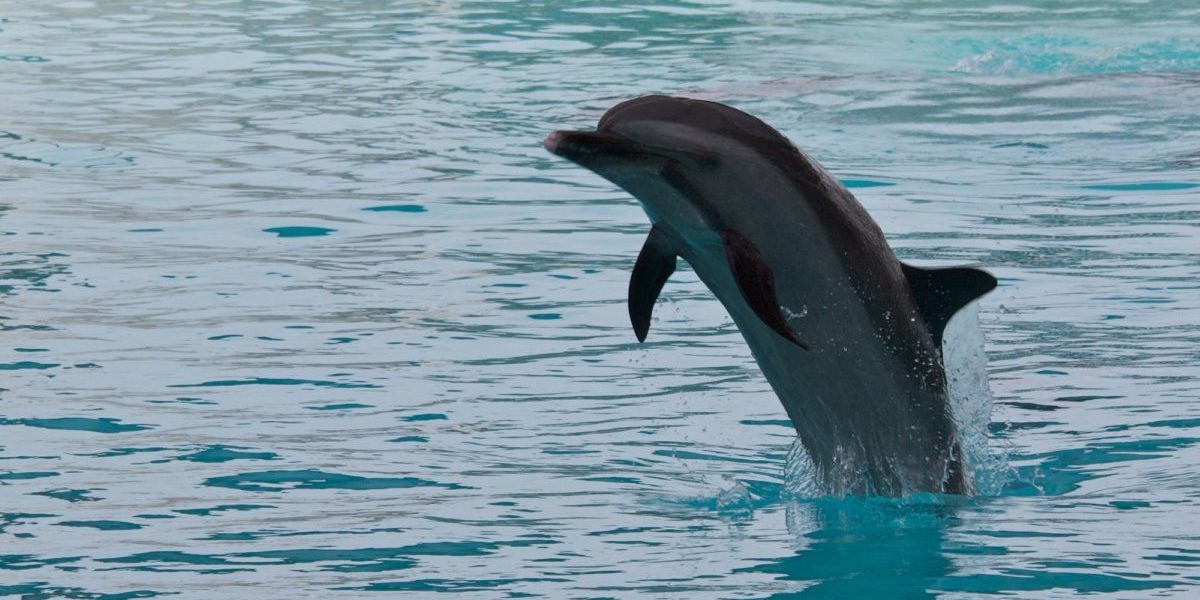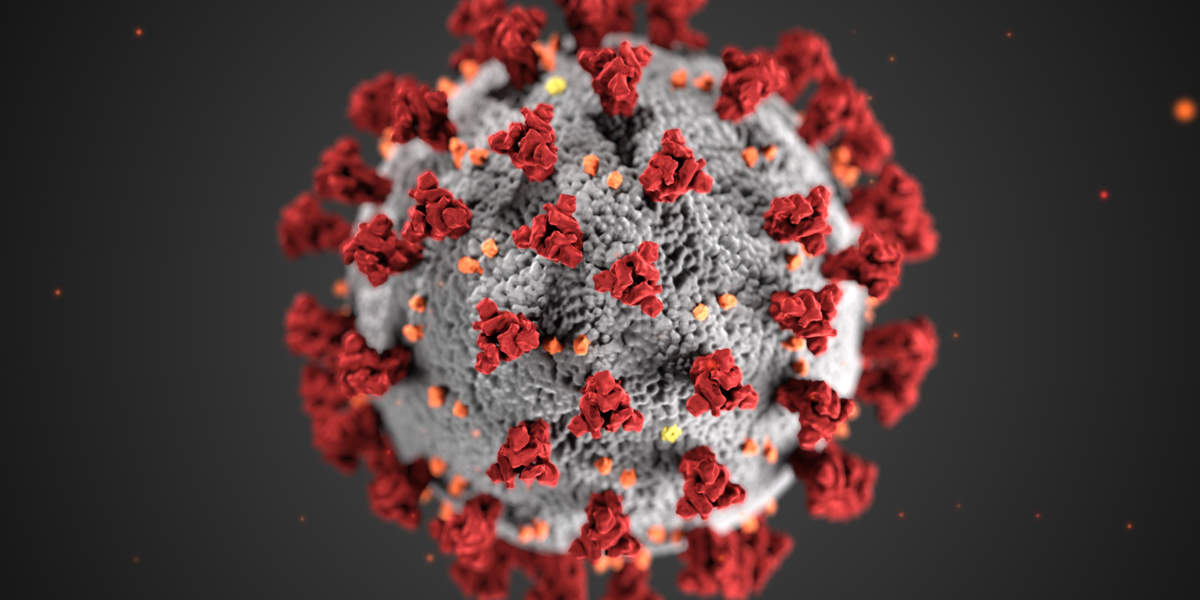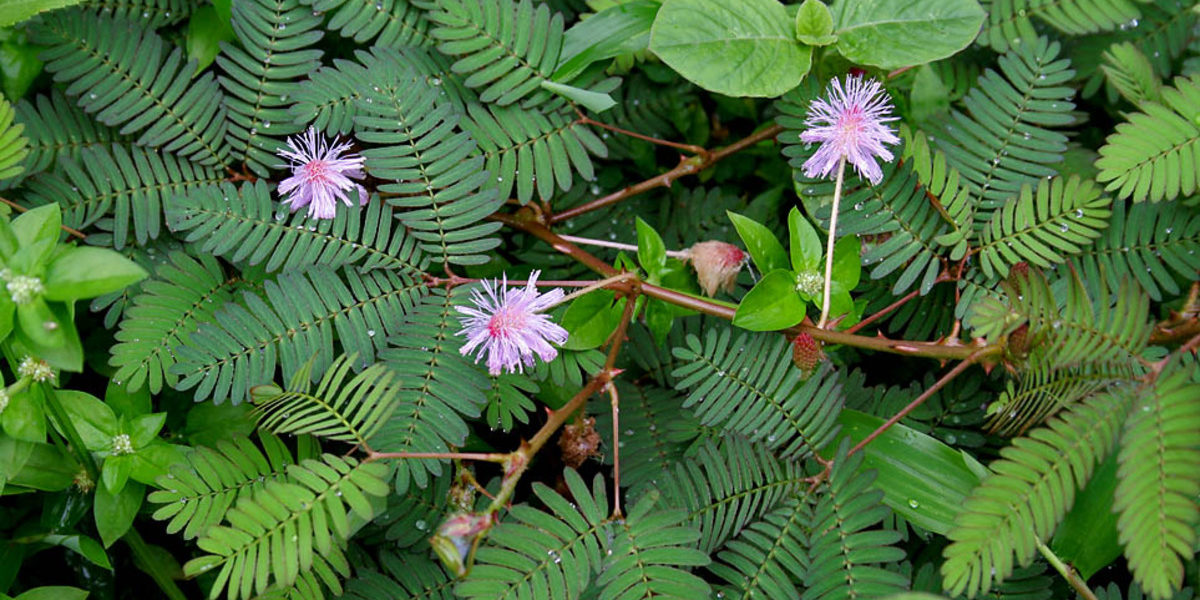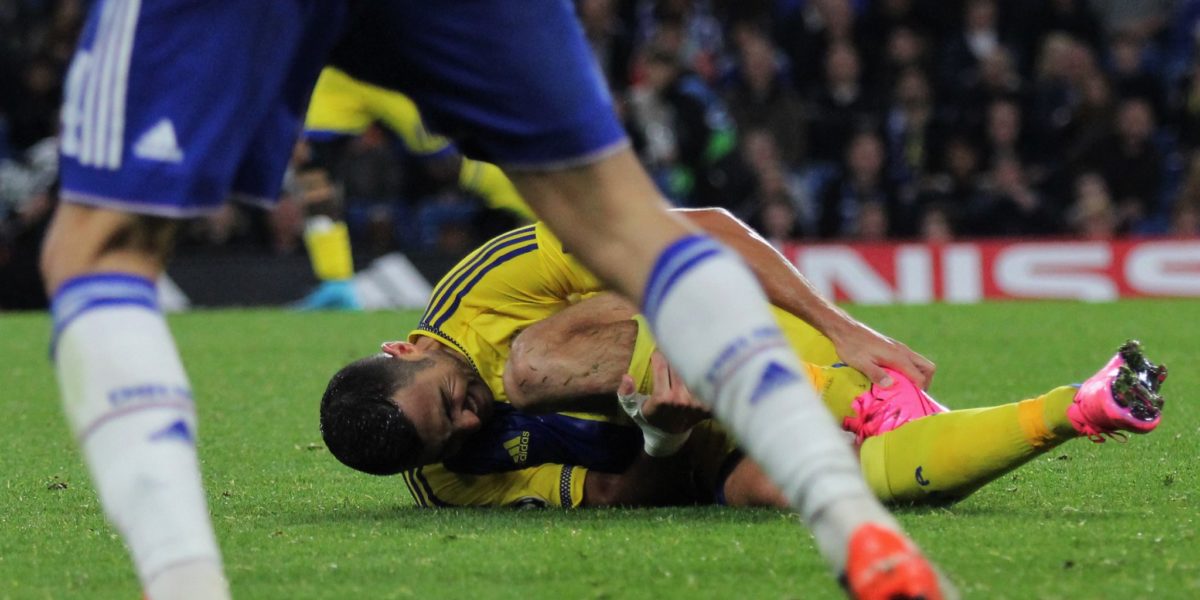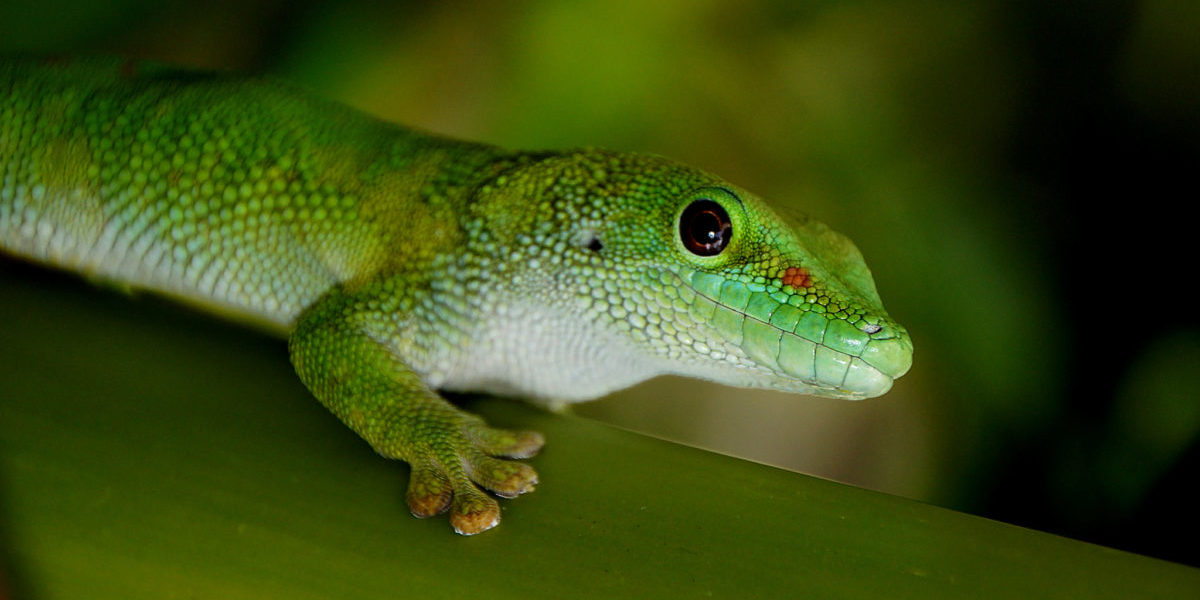Every sport has a different “ideal” body type, which is largely dictated by the muscle groups it focuses on training. Swimmers prioritize developing the muscles in their shoulders and backs, which allows them to propel themselves through the water with their arms. On the other hand, runners prioritize the hamstrings and quads in their legs, which allows them to generate greater force when pushing off of the ground. So, what is the ideal body type for boxing? Strength is clearly important when punching an opponent, but is it even the most important factor in boxing performance? Should either upper- or lower-body strength be prioritized over the other?
Continue reading “Packing a punch: Does strength indicate boxing performance?”Category: 2021 Spring
Living Off Balance
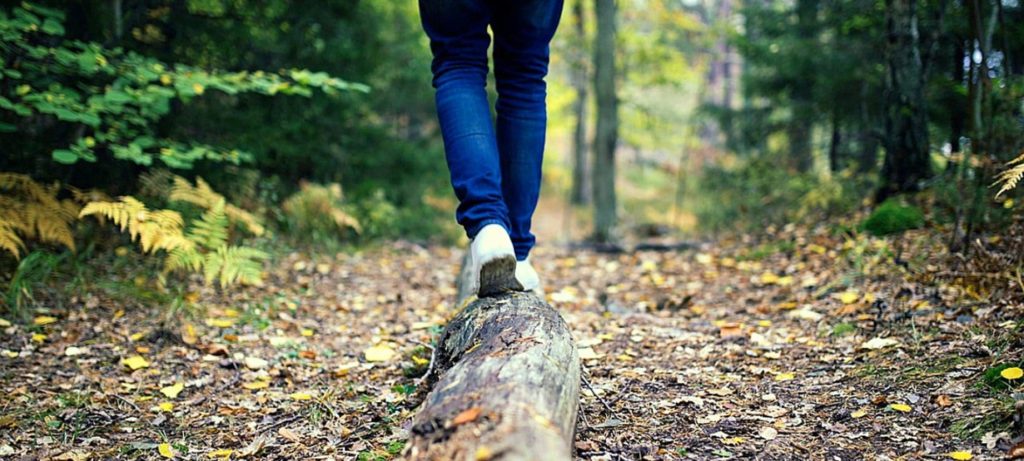
Imagine yourself walking at a normal pace down the sidewalk. Maybe you are on your way to class. The sidewalk has a little bit of a tilt causing your left foot to be higher than the right as it plants on the ground. Imagine how your body may compensate after a few minutes of walking on this path. We have all walked on uneven ground and began to feel the effects with sore knees or hips. But what if you felt this same way all the time even on perfectly flat terrain? This is the reality for those with leg length discrepancies.
Continue reading “Living Off Balance”Do Hammer-Shaped Heads Help Sharks Swim?
With their sandpaper skin, cartilage skeleton, electroreceptive sensors, and rows of dangerous teeth, sharks fascinate many people. However, even within this distinctive group the hammerhead sharks that make up the Sphyrnidae family have attracted a special attention due to the unusual shapes of their namesake heads, called cephalofoils. Several evolutionary benefits of the cephalofoil have been proposed by researchers. The wide hammer-shaped head may allow the shark to house more sensory receptors in its snout, to bludgeon prey, and to move and maneuver through the water more easily. Here we will address the question posed by the third theory: Does the cephalofoil found on hammerhead sharks provide an advantage in moving and maneuvering underwater?
Continue reading “Do Hammer-Shaped Heads Help Sharks Swim?”Dolphin Magic or Dolphin Muscle?
Because of the film Bee Movie, many people at one point were intrigued by the idea that bumblebees should not physically be able to fly due to their large bodies and tiny wings. But, they fly anyway. Technology is advanced enough to study bee wing movement and determine that they produce enough lift to allow them to fly, disproving the previous notion. Similarly, Gray’s Paradox for a long time inferred that dolphins should not be able to swim nearly as fast as they do. But, they still consistently swim at speeds over twenty miles per hour. It was not until recent history that advancements allowed researchers to determine why they are able to reach such high speeds.
Continue reading “Dolphin Magic or Dolphin Muscle?”Arthritis is NOT Just For The Elderly: Early Signs Of Rheumatoid Arthritis
Rheumatoid arthritis (RA) is a chronic autoimmune disease that, according to the Arthritis Foundation, affects 1.5 million people in the US. Women are 3 times more likely to develop RA and are usually diagnosed between ages 30 and 60, while men are rarely diagnosed before the age of 45.
Continue reading “Arthritis is NOT Just For The Elderly: Early Signs Of Rheumatoid Arthritis”the novel coronavirus: how an invisible invader halted the world
Last year the world changed. With modifications to daily life such as wearing masks and attending class online, a lot of what was common became uncommon. More severely, millions of deaths globally shook the world. All of this change and devastation can be attributed to a coronavirus variant that was shockingly good at two things… 1.) Stability outside of cells 2.) Breaching the lower respiratory tract. A few questions must be understood as to why this virus is so effective in its affinity towards destruction. First, How does COVID-19 penetrate a cell? How does COVID 19 replicate? Finally, why is COVID-19 able to survive outside of a cell so well?
Continue reading “the novel coronavirus: how an invisible invader halted the world”The plant that hates to be touched
If you think you’re shy, you should meet the plant known to botanists as Mimosa pudica! Also known as a touch-me-not, shame plant, or humble plant, M. pudica reacts rapidly to external stimuli – such as being touched, changes in heat, or changes in light intensity. The reaction generally includes the folding in of the plant’s leaves and the stem bending downward. These movements make the touch-me-not one of the most curious plants on the planet.
Continue reading “The plant that hates to be touched”Sticks and stones may break my bones but dirt will wash right off
There you are, sitting in the park eating your spaghetti picnic on your favorite picnic blanket when your pollen allergy acts up. You let out a sneeze powerful enough to compete with Aeolus’ bag of wind, but now your spaghetti is all over your favorite picnic blanket. You immediately go to rinse it off, but your fine Italian sauce has thoroughly soaked in. If only nature had a solution to keep a surface clean. Enter: the lotus leaf.
Continue reading “Sticks and stones may break my bones but dirt will wash right off”Oops I Did It Again: The Biomechanics Behind Repetitive Ankle Injuries
Ankle injuries – either sprains or fractures – are one of the most common sports traumas plaguing the US today. Sprains are overextensions or tears in ligaments. Fractures, on the other hand, are broken bones.
Continue reading “Oops I Did It Again: The Biomechanics Behind Repetitive Ankle Injuries”The hairy feet of the gecko
Have you ever thought about what it would be like to walk on walls? If you’ve ever watched a Spiderman movie or watched a gecko maneuver around its habitat, you probably have. While geckos don’t fight crime, their climbing ability is as fantastic as that of any superhero. Geckos have one of the most unique climbing adaptations of any animal, and scientists are examining the source of this ability to see if human technology could one day achieve something similar.
Continue reading “The hairy feet of the gecko”